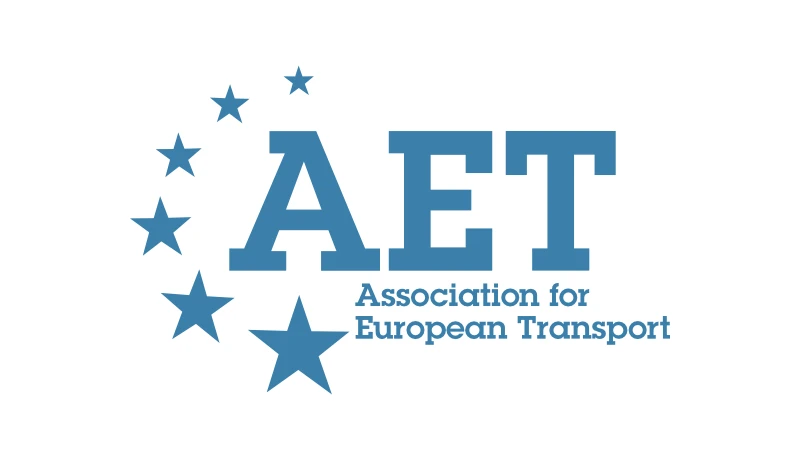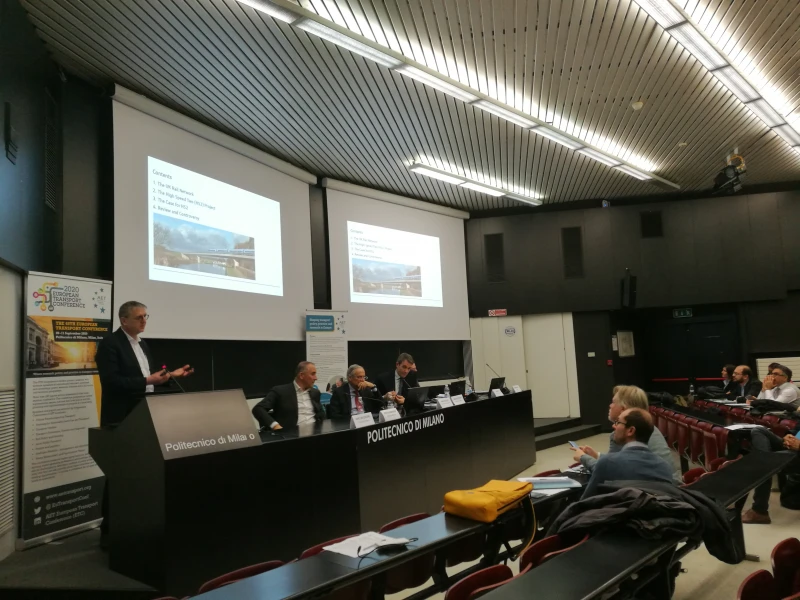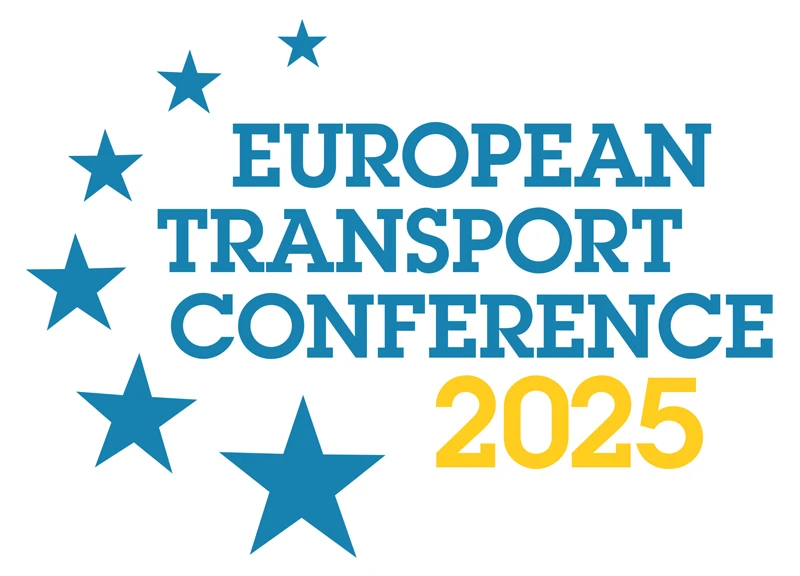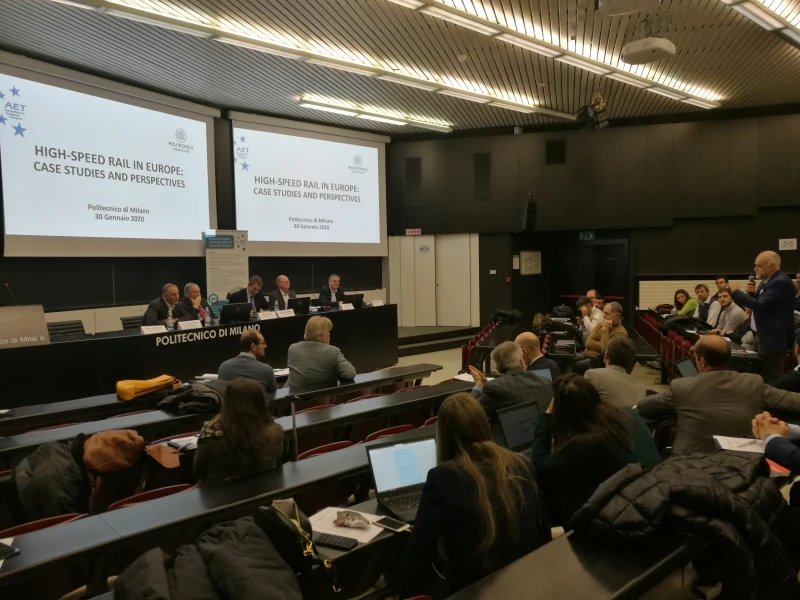-
Past ETC Papers
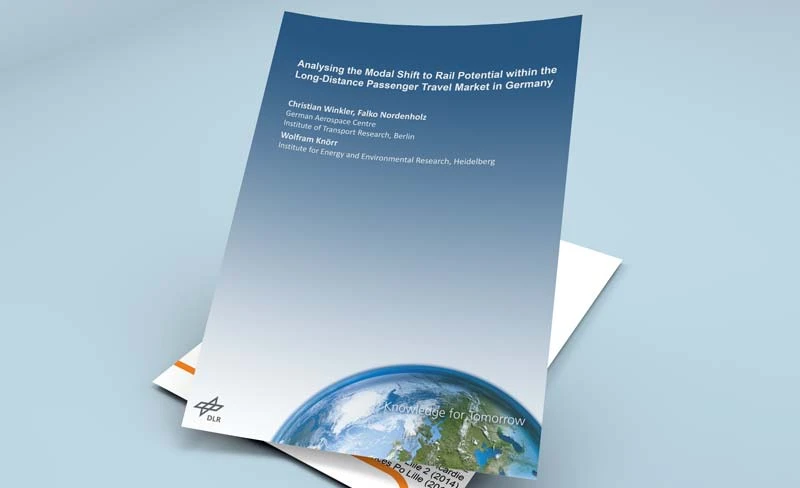
Browse, search and view papers from the past AET Conferences.
-
Members' Area
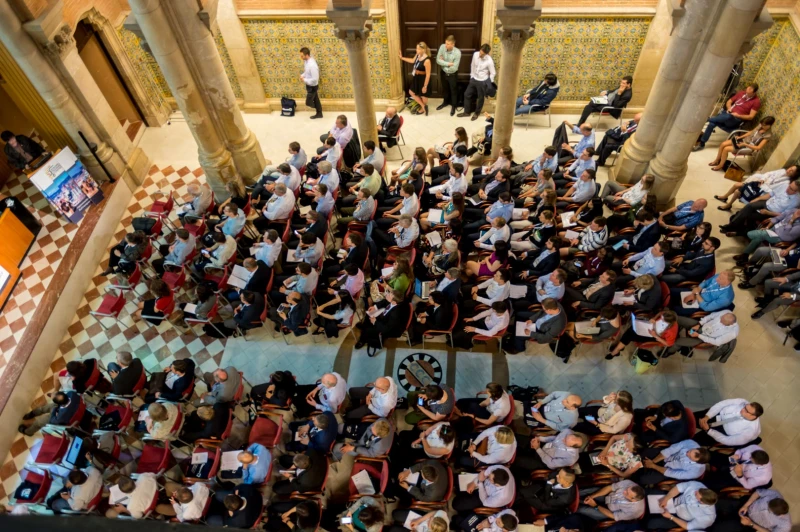
AET promotes networking and exchange of ideas, information and opportunities amongst members.
Conference Papers 2003
Strasbourg, France
ETC Conference Papers 2003
Stability analysis of equilibrium patterns in a transportation
Seminar
Day 1 (8 Oct 2003), Innovative Methods in Transport Analysis, Planning, Equilibrium Analysis, 09:40 - 09:40
Status
Accepted, documents submitted
Authors
G E Cantarella, University of Salerno; P Velonà, Mediterranean University of Reggio Calabria, IT
Abstract
Assignment models allow to simulate demand-supply interaction, that is how flows, resulting from user behaviour, are affected by transportation costs, expressing the provided level of service, and vice versa. They are the basic tool to analyse and design transportation networks. Most existing models, and those commonly adopted in practical applications, follow an equilibrium approach, where it is assumed that mutually consistent flows and costs well describe the state of the system relevant for analysis and design (a recent review in Cantarella and Cascetta, 2001).
A more general approach is based on dynamic process models, which allow to explicitly simulate the evolution over time of the system, and the convergence to different types of attractors (a general framework in Cantarella, Cascetta, 1995). Several authors (main references are Smith, 1984; Horowitz, 1984; Cantarella, 1993; Cantarella, Velonà, 2000, 2001 e 2002; Cascetta, Coppola, Adamo, 2000) have contributed to this increasingly interesting field through applying and analysing deterministic process models derived from Non-Linear Dynamic Systems Theory (see among many others Glendinning P., 1999). Some authors have also proposed stochastic process models (Cascetta, 1989; Davis, Nihan, 1993; Hazelton, 2002; Watling 2001, 2002). Dynamic process models include an explicit simulation of user cost and choice updating processes underlying system evolution over time.
In this paper, a general deterministic process models is described, such that the equilibrium pattern is a fixed-point state. A simple but effective approach, based on exponential smoothing, is followed to model both user cost and choice updating processes. Then, conditions assuring the stability of a fixed-point state, which means that it is an attractor, are analysed with respect to main parameters, such demand, behaviour dispersion, derivatives of link cost functions, etc. as well as habit and yesterday experience weight. As reported in previous papers, results obtained from numerical simulations pictorially confirm theoretical expectations.
In this paper hence a formal stability analysis has been carried out, first concerning:
* attractor definition, when different from fixed-points, through Poincarè characteristic multipliers;
* a-periodic attractor identification, through fractality measures.
Then a bifurcation analysis has been carried out for fixed-point attractors, to investigate equilibrium pattern stability. Obtained results, confirming numerical results, show that when a fixed-point attractors loses its stability several types of attractors may occur, such as k-periodic, quasi-periodic, a-periodic, depending on conditions on dynamic process parameters. The effect on the length of transients before convergence to an attractor as well as the role of the starting state are also commented. In addition, the case of multiple fixed-point states, some of them stable other unstable, may occurs and it has been investigated through results from catastrophe theory (Thom, 1974). Relationship with equilibrium existence and uniqueness conditions has also been discussed.
The results in this paper indicate that the equilibrium approach, which does not allow for an explicit stability analysis, may fail to effectively described the state of the system relevant to analysis and design.
References
Cantarella G.E. (1993). Day-to-day Dynamics in Transportation Networks: Stability and Limits of Equilibrium in a Two-Link Network. Sistemi Urbani, 1993-I, 27-50.
Cantarella G.E., Cascetta E. (1995). Dynamic Process and Equilibrium in Transportation Networks: Towards a Unifying Theory. Transportation Science, 29. 3 05-329.
Cantarella G.E. Velonà P. (2000). Stabilità e biforcazioni degli stati di equilibrio in una rete di trasporto a due archi. In ?Metodi e Tecnologie dell?Ingegneria dei Trasporti?, a cura di G.E.
Cantarella e F. Russo, Franco Angeli, Milano. pp. 408-423. Cantarella G. E. Velonà P. (2001). Stabilità degli stati di equilibrio e biforcazioni in un sistema di trasporto bimodale. In ?Metodi e Tecnologie dell?Ingegneria dei Trasporti Seminario 2001?, a cura di G.E.
Cantarella e F. Russo. Franco Angeli, Milano. pp. 75-94.
Cantarella G. E. Velonà P. (2002). Stability of the equilibrium and bifurcations in a three link transportation networks. Proceedings of the l3th Mini- EURO Conference ?Handling Uncertainty in the Analysis of Traffic and Transportation Systems? and 9th Meeting of the EURO Working Group on Transportation ?Intermodality, Sustainability and Intelligent Transportation Systems?, Bari, Italy, June 10-13 2002.
Cascetta E. (1989). A Stochastic Process Approach to the Analysis of Temporal Dynamics in Transportation Networks. Trnnspn Res. 238(1). 1-17.
Cantarella G. E. and Cascetta E. (2001). Models for traffic assignment to transportation networks. In Transportation Systems Engineering: Theory and Methods, E.
Cascetta. Kluwer Academic Publisher. Cascetta E. Coppola P. Adamo V. (2000). A day-to-day dynamic mode] of departure time and pre-trip route choice in presence of advanced travellers information systems. Proceedings of 71th World Congress on lntelligent Transport Systems. November 2000, Turin, Italy.
Davis G. and Nihan N. (1993). Large Population Approximations of a GeneraI Stochastic Traffic Assignment Model. Operation Research, forthcoming.
Glendinning P. (1999), Stability, instability and chaos. Cambridge Texts in Applied Mathematics, Cambridge, Ma? USA.
Hazelton M.L. (2002). Day-to-day variation in Markovian traffic assignment. Transpn. Res. 368, pp. 637-648.
Horowitz J.L. (1984). The Stability ofStochastic Equilibrium in a Two-link Transportation Network. Transpn. Res. 188, 13-28.
Smith M.J. (1984). The Stability of a Dynarnic Model for Traffic Assignment. An
Application of a Method of Lyapunov. Trans. Sci. 18, 245-252.
Thom Renè (1974). Structural stability and morphogenesis.
Documents:
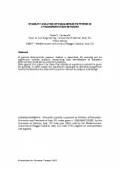
Association For
European Transport
Forester House
Doctors Lane
Henley-in-Arden
Warwickshire, UK
B95 5AW
+44 (0) 15 64 793552
VAT number: 710 1866 64
Conference Supporters & Endorsers




Legal Entity
The Association for European Transport is registered as an Association ('vereniging') with the Chamber of Commerce for Haaglanden in The Netherlands under company number 27170096.
Built on Zenario

